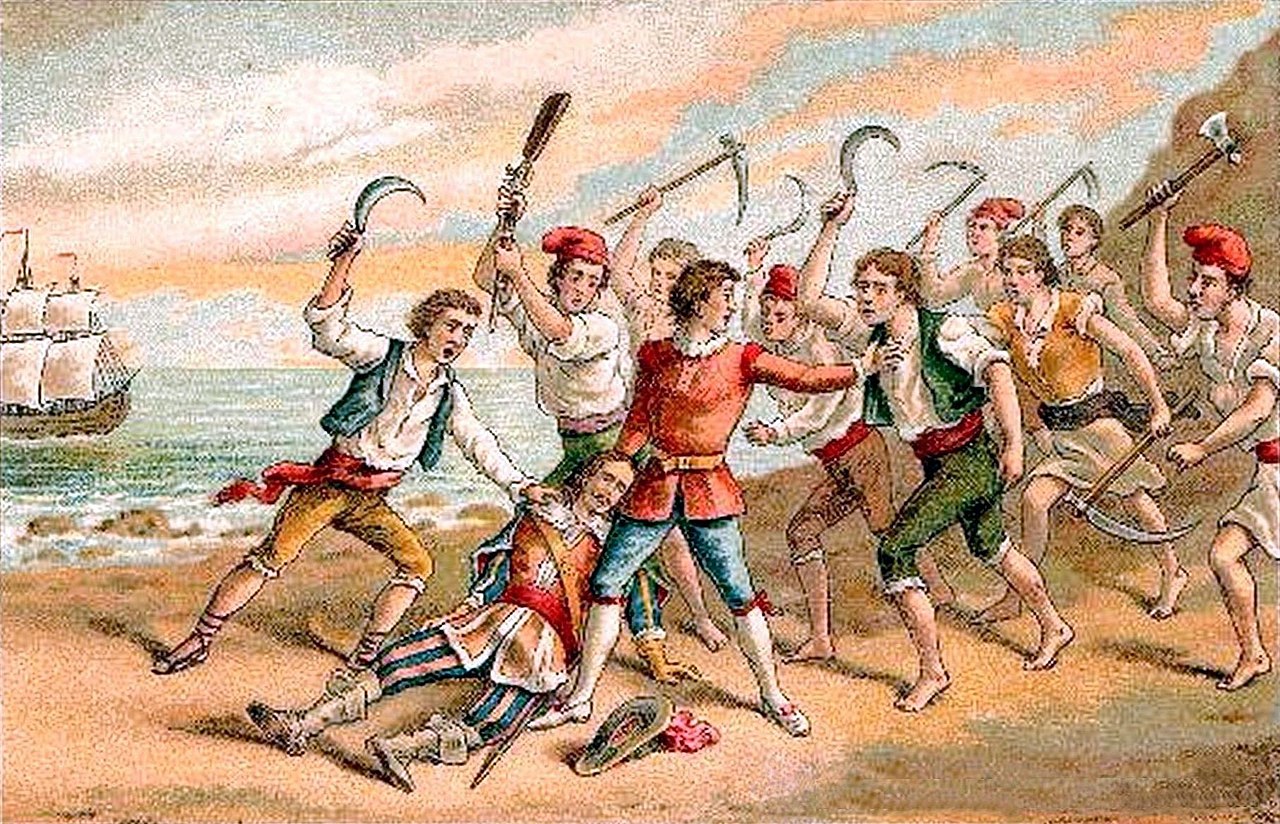
AsianOverland.net
Tour Guide - Itinerary
Asian Overland Sydney to London
Started 22/06/2022 Finished 21/06/2023365 Days ITINERARY
Day 261 date 09/03/2023PALAFRUGELL to BARCELONA, CATALONIA, SPAIN
ASIANOVERLAND.NET LONDON TO SYDNEY DAY 261: PALAFRUGELL TO BARCELONA, CATALONIA, SPAIN
After the Carthaginian defeat by the Roman Republic, the north-east of Iberia came under Roman rule and became part of Hispania, the westernmost part of the Roman Empire. Tarraco (modern Tarragona) was one of the most important Roman cities in Hispania and the capital of the province of Tarraconensis. Other important port of the Roman period is Barcino (Barcelona). In the rest of Hispania, Latin law was granted to all cities under the reign of Vespasian (69–79 AD), while Roman citizenship was granted to all free men of the empire by the Edict of Caracalla in 212 AD (Tarraco, the capital, was already a colony of Roman law since 45 BC). It was a rich agricultural province (olive oil, wine, wheat), and the first centuries of the Empire saw the construction of roads (the most important being the Via Augusta, parallel to Mediterranean coastline) and infrastructure including aqueducts.
After the fall of the Western Roman Empire, the area was conquered by the Visigoths and was ruled as part of the Visigothic Kingdom for almost two and a half centuries. In 718, it came under Muslim control and became part of Al-Andalus, a province of the Umayyad Caliphate. From the conquest of Roussillon in 760, to the conquest of Barcelona in 801, the Frankish empire took control of the area between Septimania and the Llobregat river from the Muslims and created heavily militarised, self-governing counties.
These counties came under the rule of the counts of Barcelona, who were Frankish vassals nominated by the emperor of the Franks (801–988). At the end of the 9th century, the Count of Barcelona Wilfred the Hairy (878–897) made his titles hereditaries and thus founded the dynasty of the House of Barcelona, which ruled Catalonia until 1410. The earliest known use of the name "Catalonia" for these counties is 1117.
The siege of Mālaqa by the Catholic Monarchs in 1487 was one of the longest of the Reconquista. In the 16th century, the area entered a period of slow decline, epidemics of disease, several successive poor food crops, floods, and earthquakes.
Trade, dominated by foreign merchants, was the main source of wealth in Málaga province of the 18th century, with wine and raisins the principal commodity exports. Public works on the Málaga city port provided necessary infrastructure for distribution of the renowned Málaga wines.
Málaga on the coast, played an essential role in the foreign policy of the Bourbon kings of Spain. The regional military and the defence of the Mediterranean were administered in the city. The loss of Gibraltar to the British in the Battle of Málaga of 1704 made the city the key to military defence of the Strait.
© This work is copyright. Apart from any use permitted under the Copyright Act 1968, no part may be reproduced by any process, nor may any other exclusive right be exercised, without the permission of Peter Searle, peter@portseavillageresort.com; 1980-2024.
Website built by Justin O’Dea www.webdeveloperdocklands.com.au


_-_panoramio.jpg)
.jpg)